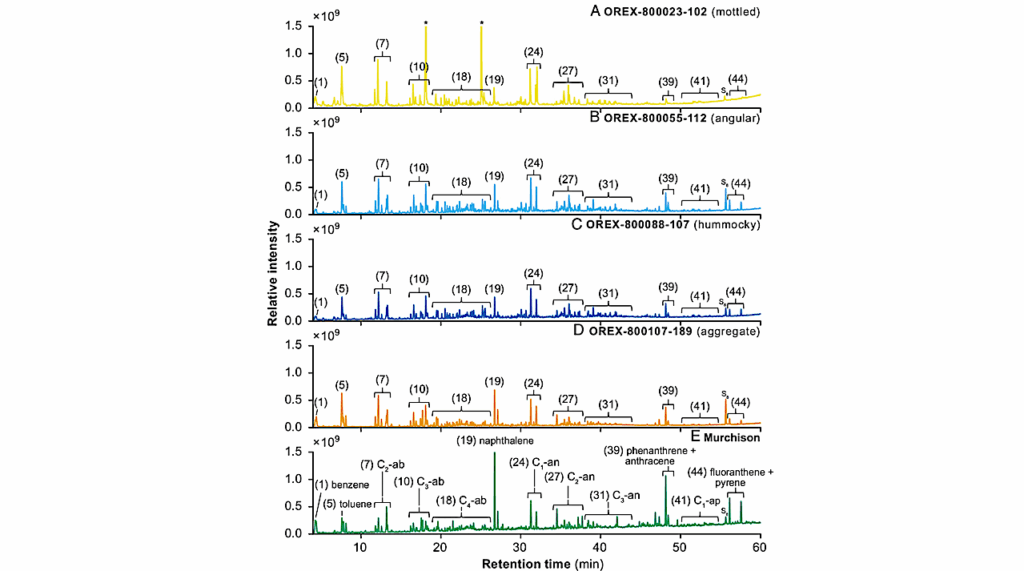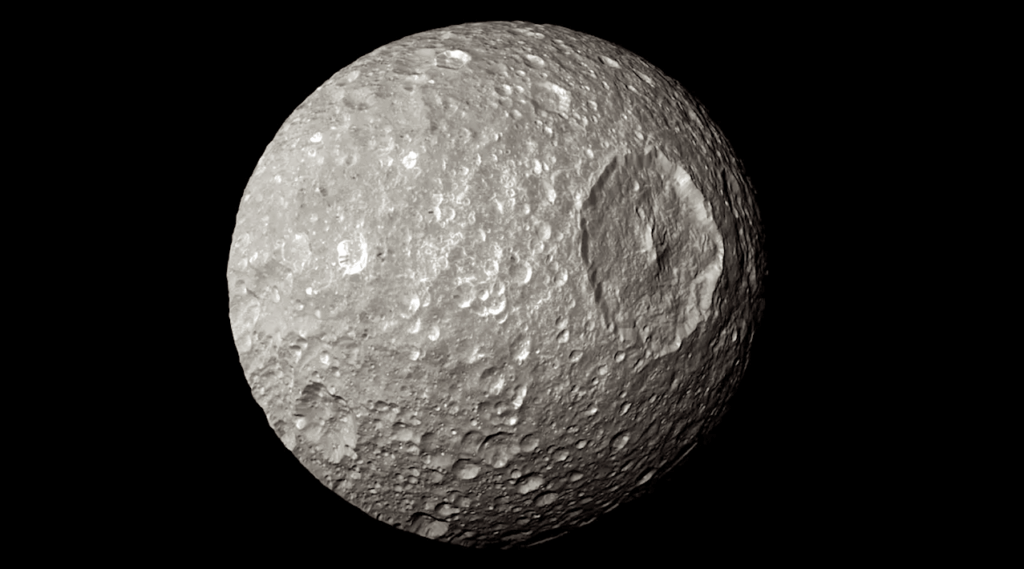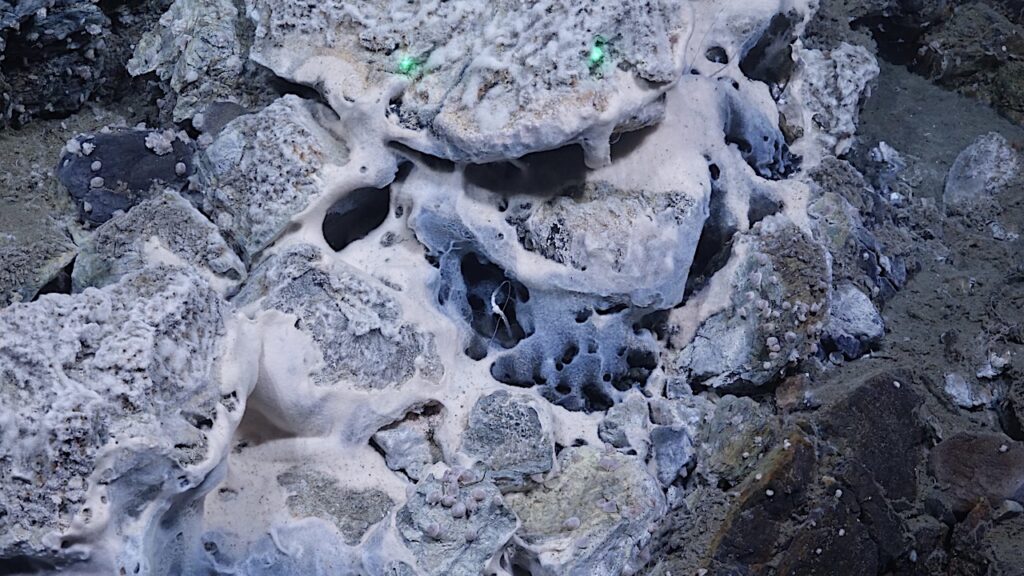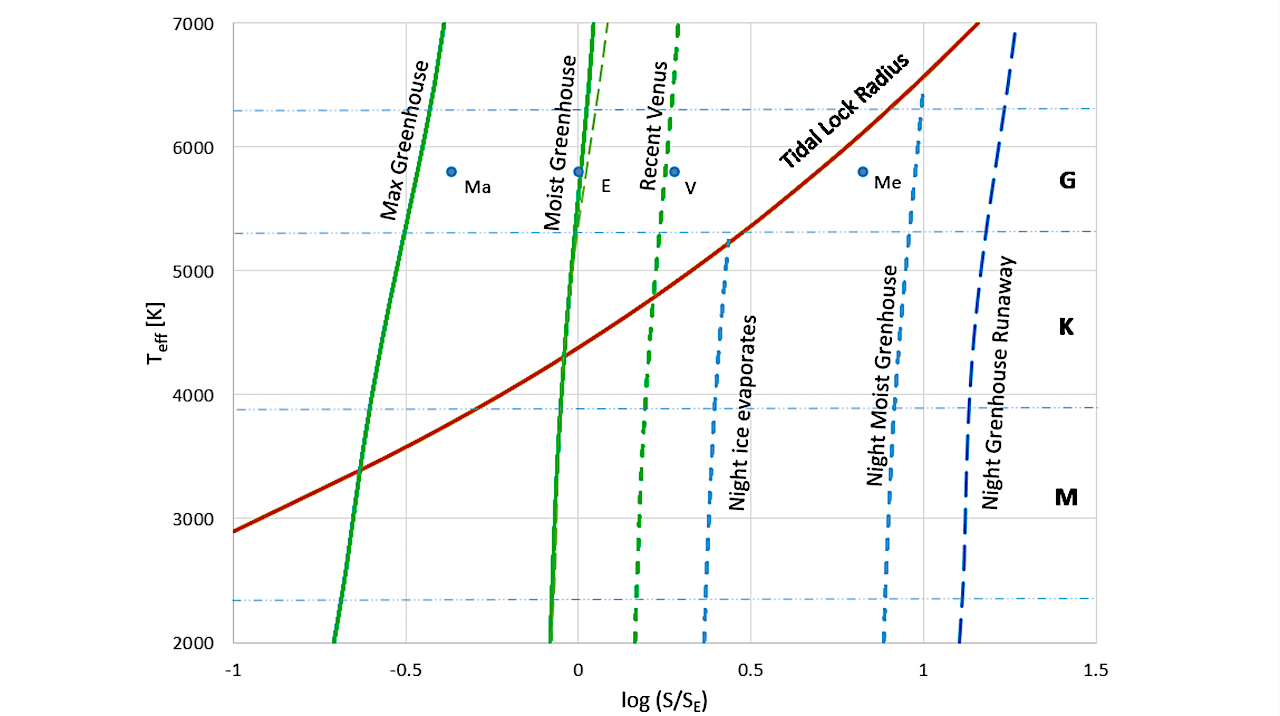Now Reading: Distribution of Europium in The Milky Way Disk; Its Connection to Planetary Habitability and The Source of The R-Process
-
01
Distribution of Europium in The Milky Way Disk; Its Connection to Planetary Habitability and The Source of The R-Process
Distribution of Europium in The Milky Way Disk; Its Connection to Planetary Habitability and The Source of The R-Process
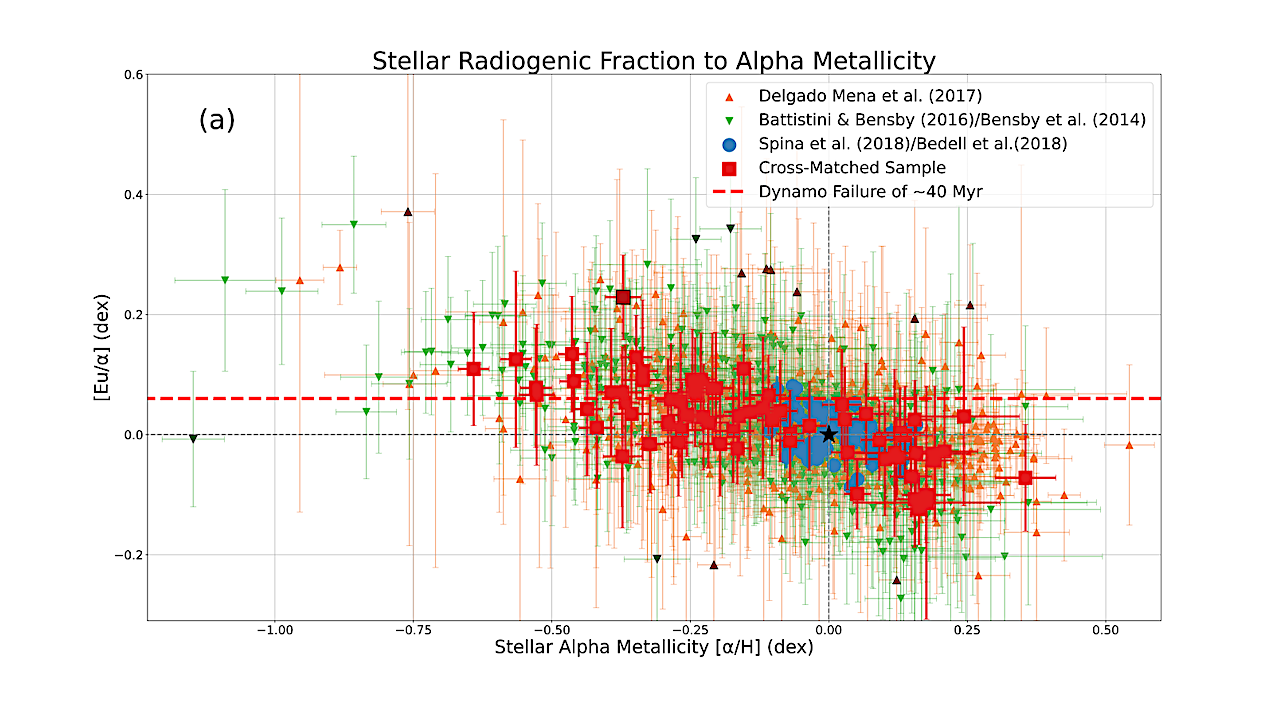

(a) Top panel shows [Eu/α] independent of the temperature bias as a function of [α/H]. Small orange triangles represent data from DM and small green triangles represent data from BB. The cross matched sample of 68 stars described in Section 3.1 is shown in big red squares. Stars from the solar twins analysis by Spina et al. (2018), Bedell et al. (2018) are shown as big blue circles. A black star is used to represent the solar abundance value. The red dashed line at [Eu/α] = 0.06 represents the critical value for an extended dynamo failure given by the model from Nimmo et al. (2020). Outliers in [Eu/H] abundances discussed in Section 6.2 are outlined in black. — astro-ph.SR
The energy provided in the radioactive decay of thorium (Th) and uranium (U) isotopes, embedded in planetary mantles, sustains geodynamics important for surface habitability such as the generation of a planetary magnetic dynamo.
In order to better understand the thermal evolution of nearby exoplanets, stellar photospheric abundances can be used to infer the material composition of orbiting planets. Here we constrain the intrinsic dispersion of the r-process element europium (Eu) (measured in relative abundance [Eu/H]) as a proxy for Th and U in local F, G, and K type dwarf stars.
Adopting stellar-chemical data from two high quality spectroscopic surveys, we have determined a small intrinsic scatter of 0.025 dex in [Eu/H] within the disk. We further investigate the stellar anti-correlation in [Eu/α] vs [α/H] at late metallicities to probe in what regimes planetary radiogenic heating may lead to periods of extended dynamo collapse.
We find that only near-solar metallicity stars in the disk have Eu inventories supportive of a persistent dynamo in attendant planets, supporting the notion of a “metallicity Goldilocks zone” in the galactic disk.
The observed anti-correlation further provides novel evidence regarding the nature of r-processes injection by substantiating α element production is decoupled from Eu injection. This suggests either a metallicity-dependent r-process in massive core-collapse supernovae, or that neutron-star merger events dominate r-process production in the recent universe.
Evan M. Carrasco, Matthew Shetrone, Francis Nimmo, Enrico Ramirez-Ruiz, Joel Primack, Natalie M. Batalha
Comments: 11 pages, 4 figures
Subjects: Solar and Stellar Astrophysics (astro-ph.SR); Earth and Planetary Astrophysics (astro-ph.EP); Astrophysics of Galaxies (astro-ph.GA)
Cite as: arXiv:2411.10711 [astro-ph.SR] (or arXiv:2411.10711v2 [astro-ph.SR] for this version)
https://doi.org/10.48550/arXiv.2411.10711
Focus to learn more
Journal reference: ApJL 991 L39 (2025)
Related DOI:
https://doi.org/10.3847/2041-8213/adfb4d
Focus to learn more
Submission history
From: Evan Carrasco M
[v1] Sat, 16 Nov 2024 05:53:00 UTC (3,321 KB)
[v2] Tue, 7 Oct 2025 22:22:12 UTC (7,223 KB)
https://arxiv.org/abs/2411.10711
Astrobiology, Astrochemistry,
Stay Informed With the Latest & Most Important News
Previous Post
Next Post
-
 012024 in Review: Highlights from NASA in Silicon Valley
012024 in Review: Highlights from NASA in Silicon Valley -
 02Panasonic Leica Summilux DG 15mm f/1.7 ASPH review
02Panasonic Leica Summilux DG 15mm f/1.7 ASPH review -
 03How New NASA, India Earth Satellite NISAR Will See Earth
03How New NASA, India Earth Satellite NISAR Will See Earth -
 04And Thus Begins A New Year For Life On Earth
04And Thus Begins A New Year For Life On Earth -
 05Astronomy Activation Ambassadors: A New Era
05Astronomy Activation Ambassadors: A New Era -
06SpaceX launch surge helps set new global launch record in 2024
-
 07Space Force plans new ‘Futures Command’ amid pressure to speed up modernization
07Space Force plans new ‘Futures Command’ amid pressure to speed up modernization












